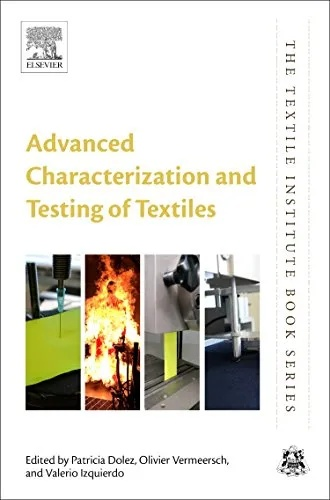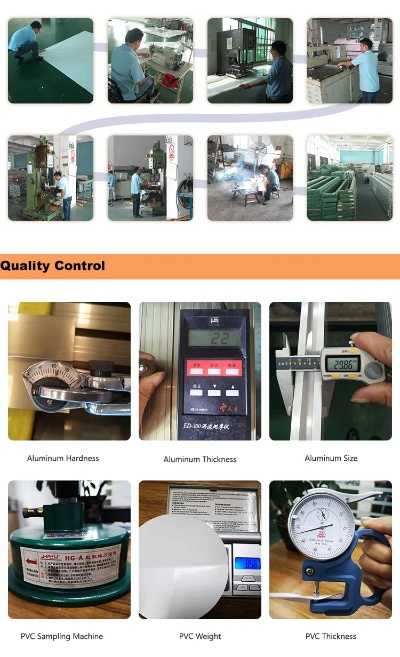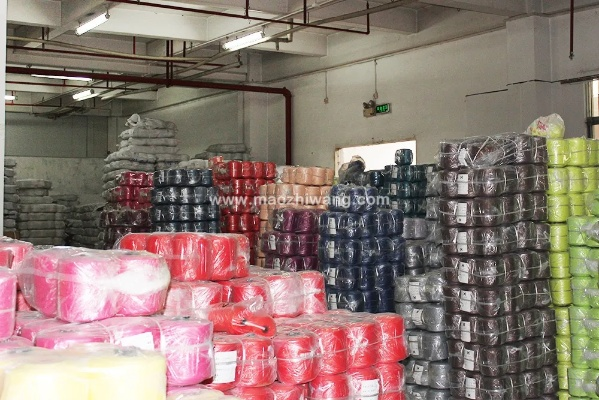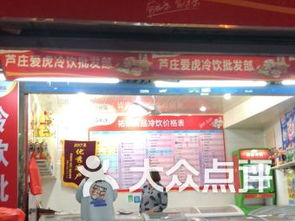The Role of Textile Testing in Ensuring Quality and Safety
Textile testing is a crucial aspect of ensuring quality and safety in the textile industry. It involves various methods such as mechanical tests, chemical tests, and biological tests to evaluate the properties of textile materials and fabrics. These tests help manufacturers identify potential defects or flaws in their products, which can lead to quality issues and safety concerns. By conducting thorough textile testing, manufacturers can improve their product quality and ensure that they meet regulatory requirements. Additionally, these tests can also help identify any potential risks associated with the use of certain textile materials or fabrics, such as those containing harmful chemicals or allergens. Overall, textile testing plays an essential role in promoting safe and high-quality textile products for consumers worldwide.
Introduction: In the world of textiles, quality and safety are paramount. Textile testing plays a crucial role in ensuring that products meet stringent standards and regulations. By utilizing advanced techniques and instruments, testers can identify flaws, defects, and other issues that could compromise the performance or safety of textiles. This article will explore the importance of textile testing, highlight some common types of tests, and provide insights into how they contribute to the overall quality of textile products.

Textile Testing Importance: Textile testing is essential for several reasons. Firstly, it ensures that textiles meet regulatory requirements and industry standards. For example, in the United States, the Consumer Product Safety Commission (CPSC) requires that all children's clothing sold in the country must pass specific safety tests. These tests check for toxic substances, flame resistance, and other hazards to protect children from harm.
Secondly, textile testing helps manufacturers identify potential quality issues early on in the production process. By conducting regular inspections and testing, companies can catch defects before they become more costly to fix. This not only saves money but also improves customer satisfaction by providing high-quality products.
Types of Textile Tests: There are various types of textile tests that are used to evaluate different aspects of a product's quality and safety. Here are a few examples:
-
Strict Standard Tests: These tests are designed to ensure that textiles meet specific standards set by regulatory bodies. Examples include the American National Standards Institute (ANSI) for apparel, the European Union (EU) for home textiles, and the Consumer Product Safety Commission (CPSC) for children's clothing. These tests cover everything from colorfastness to flame resistance and toxicity.
-
Acceptance Tests: These tests are conducted after the product has been manufactured to ensure that it meets the required standards. They help identify any defects or flaws that may have been missed during the initial inspections.
-
Quality Control Tests: These tests are performed at various stages of the production process to ensure that each batch of textiles meets the desired specifications. They help prevent defective products from reaching the end user.
-
Environmental Testing: This type of testing evaluates the impact of textiles on the environment. It includes tests for water pollution, air pollution, and soil contamination. Companies must comply with environmental regulations to avoid legal penalties and reputational damage.
Case Study: One example of the importance of textile testing is the case of a popular brand of children's clothing. The company had received numerous complaints about the quality and safety of their products. To address these concerns, the company implemented a comprehensive testing program that included strict standard tests, acceptance tests, and quality control tests.
The results were promising. After implementing the new testing program, the company saw a significant improvement in the quality of their products. Customer satisfaction increased, and there were fewer complaints about defects or safety issues. The company also became more competitive in the market, as they were able to offer higher-quality products at a lower cost.
Conclusion: In conclusion, textile testing plays a vital role in ensuring the quality and safety of textile products. By utilizing advanced techniques and instruments, testers can identify flaws and defects that may compromise the performance or safety of textiles. Companies that prioritize textile testing are better equipped to meet regulatory requirements, improve customer satisfaction, and stay competitive in the market.
随着人们对纺织品质量要求的不断提高,纺织品检测成为了确保产品质量的重要环节,本篇文章将为您介绍纺织品检测的相关知识,并通过案例分析来说明其重要性。

纺织品检测的重要性
- 保障消费者权益:纺织品检测是保障消费者权益的重要手段,通过检测可以确保纺织品符合相关标准和法规,保障消费者的使用安全。
- 提升产品质量:纺织品检测可以及时发现并纠正生产过程中的问题,从而提升产品的质量。
- 促进行业健康发展:纺织品检测是推动行业健康发展的重要措施,有助于提高整个行业的生产水平。
纺织品检测的流程
- 样品采集:从样品采集开始,需要明确检测的目的和要求,确保样品具有代表性。
- 样品预处理:对样品进行必要的处理,如清洗、剪裁等。
- 实验室测试:根据检测目的和标准,进行各项测试,如纤维成分分析、化学成分分析、物理性能测试等。
- 结果报告:将测试结果整理成报告,向相关方提供检测报告。
案例分析
某品牌纺织品检测
某品牌在生产过程中发现了一批纺织品存在质量问题,为了保障消费者的权益和产品的质量,该品牌进行了纺织品检测,经过检测,发现该批次纺织品的主要问题是纤维含量不达标,针对这一问题,该品牌立即采取了相应的措施,包括加强质量控制、改进生产工艺等,最终成功解决了问题,提高了产品的质量。
纺织品检测的重要性体现
近年来,随着人们对纺织品品质要求的提高,越来越多的纺织品开始采用高质量的材料和工艺,通过纺织品检测,可以及时发现并纠正生产过程中的问题,从而保证纺织品的品质和安全,纺织品检测也是推动行业健康发展的重要措施,有助于提高整个行业的生产水平。
纺织品检测的表格说明
以下是纺织品检测的表格说明:
| 项目 | 描述 | 示例数据 |
|---|---|---|
| 样品采集 | 目的:确保样品具有代表性 | 从市场或供应商处采集样品 |
| 预处理 | 目的:对样品进行必要的处理 | 如清洗、剪裁等 |
| 实验室测试 | 项目:纤维成分分析、化学成分分析、物理性能测试等 | 根据检测目的和标准进行测试 |
| 结果报告 | 目的:提供检测报告 | 将测试结果整理成报告并向相关方提供 |
| 结论与建议 | 纺织品质量是否符合标准 | 建议:加强质量控制、改进生产工艺等 |
纺织品检测是确保纺织品质量的重要环节,通过科学的检测方法和严谨的态度,可以及时发现并纠正生产过程中的问题,从而保障消费者的权益和产品的质量,纺织品检测也是推动行业健康发展的重要措施,有助于提高整个行业的生产水平,希望本文能够为您提供有益的参考和帮助。
Articles related to the knowledge points of this article:
Exploring the Rich Tapestry of Nontong Xinmei Yang Textiles



